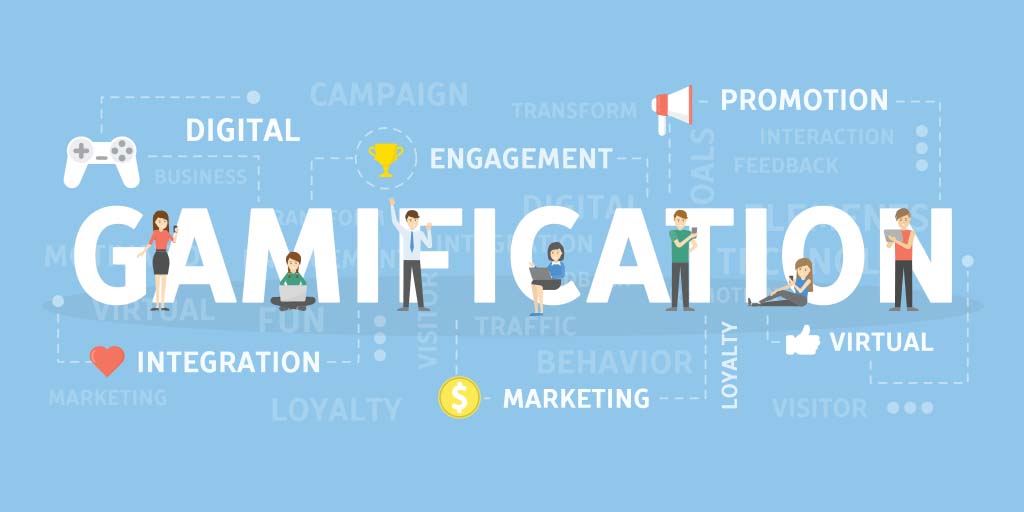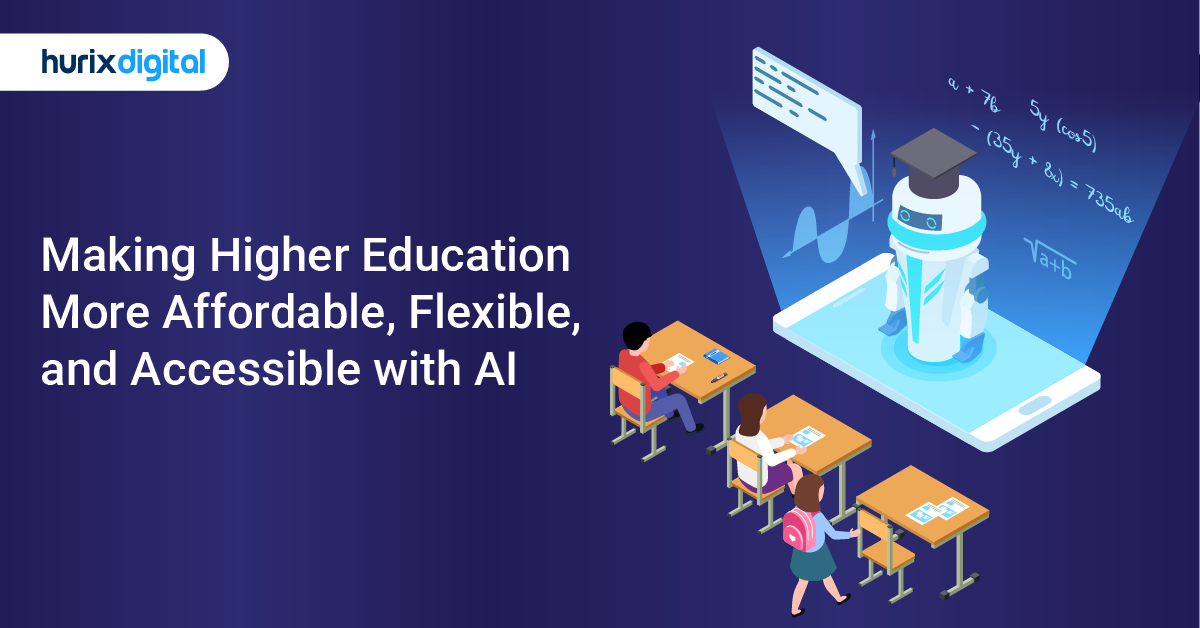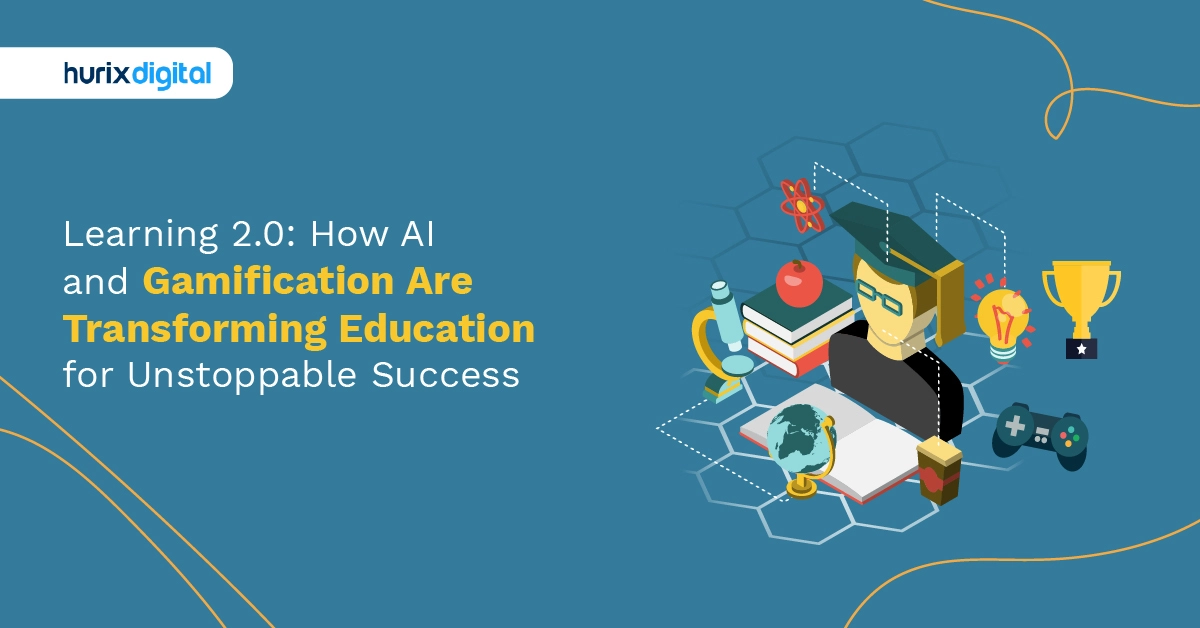
5 Effective Gamification Strategy Tips & Techniques at Work for Enthralling Engagement
Summarize with:
Explore gamification which applies game mechanics in work settings to enhance engagement and motivation, with examples and benefits of corporate strategies.
Table of Contents:
- What is Gamification?
- Understanding Gamification at Work
- What is a Gamification Strategy?
- What is the Value of Applying Gamification Strategies?
- Top 5 Gamification at Work Strategies For Businesses
- Real-Life Examples of Gamification at Work
- Conclusion
What is Gamification?
Gamification is the application of game design principles & mechanics to non-game contexts, such as education, business, or healthcare. It involves using game elements, such as points, badges, leaderboards, challenges, rewards and gamification solutions to motivate and engage people in activities that are not inherently enjoyable or fun.
Understanding Gamification at Work
Gamification at work is today an integral part of corporate training and companies are pursuing it using various methods.
For example:
- Points and badges for completing tasks or achieving certain milestones.
- Leaderboards show how learners are doing relative to one another, providing a sense of competition and motivation to do well.
- Quests to structure learning around specific goals or challenges, and learners can be rewarded for completing them.
- Virtual rewards like trophies or virtual currency motivate learners and provide a sense of accomplishment.
- Game-based learning uses actual games to teach concepts or skills.
- Adaptive learning uses algorithms to tailor the learning experience to the individual learner, based on their strengths and weaknesses.
When done right, it makes training more successful as it makes learning more fun, more engaging, more immersive, and more practical. Besides, it also provides a safe environment for learners to face challenges that they would face in real-life situations, all enhanced by effective gamification solutions.
Gamification techniques at work makes learning difficult concepts easy and fun by allowing learners to exercise their skills in virtual settings before practicing them in real-time situations.
So why should you adopt gamification solutions at work? Ask your employees what is it that motivates them the most and chances are that they will say rewards and recognition. It stands to reason that motivation must be part of any training, and gamification helps to achieve just that. Besides, gamification also stimulates collaboration and in the long-term brings out required behavioral change and improves performance.
Also Read: 11 Gamification Benefits for Employees at the Workplace
To apply game mechanics to enterprise settings, it is important to first design game-based concepts and maps them to the learning and gamification objectives. It is equally important to create learning portals that integrate the best of microlearning techniques, social learning, and customizable learning paths.
The Gamification 2020 report by Gartner makes some interesting predictions on gamification and the impact it will have on the following factors:
- The design of employee performance
- Emergence of customer engagement platforms
- Innovation
- Gamification of personal development
- Globalization of higher education
For gamification to have the required impact, it should be able to capture and retain learners’ attention, challenge, engage and entertain them, provide a compelling narrative, clearly set the rules and goals of the game, set achievable tasks, and teach and challenge them to evolve to the next level. Successful gamification at work, therefore, has to meet all these aspects and integrating gamification solutions can play a pivotal role in achieving these goals.
From the time it was viewed with suspicion, to becoming an integral element of a learning strategy, gamification has traversed a long journey. Today, organizations have realized its potential, and gamification at work has become the new buzzword in corporate training.
Also Read: How to Setup Effective Game-Based Learning for Enterprises
What is a Gamification Strategy?
A gamification strategy is a planned approach to implementing gamification techniques to achieve specific goals. It involves identifying the target audience, defining the objectives, selecting the appropriate game mechanics, designing the user experience, and measuring the outcomes.
What is the Value of Applying Gamification Strategies?
The value of applying gamification strategies lies in their ability to enhance engagement, motivation, and performance. By incorporating game elements into the workplace, employees are more likely to enjoy their work, feel more motivated to perform well, and achieve better results.
Gamification can also increase learning retention, boost productivity, foster collaboration, and improve employee satisfaction and loyalty. Additionally, gamification can provide valuable data and insights into employee behavior and performance, which can be used to inform business decisions and improve operations.
Top 5 Gamification at Work Strategies
1. Opportunities to Learn in Virtual/Simulated Environment
Any mistake in real-time situations can cost businesses dear not only in terms of money but also reputation, both of which can have far-reaching consequences. By incorporating task-based simulations in your training, you can enable learners to hone their skills and find solutions to problems that they would encounter in the real world.
Employees trained extensively through gamification solutions avoid traps and pick up crucial tips and are less likely to fail in the real world. For example, your employees can hone their skills through an animated game.
They can control the movements and actions of the animated characters, with the aim to develop some competitive skills. These simulations should mirror real business challenges, have an element of competitive challenge, use images and data to enhance the learner experience, and incorporate data and reporting for feedback.
Also Read: Things You Must Consider Before Selecting an eLearning Company
2. Opportunities for Collaboration
Gamification at work not only fosters competition but also aims to create opportunities for collaboration. Take the example of a sales team whose members generally do not work together. Each member of the team usually follows their own leads and closes deals. With gamification, organizations can provide a means for their sales personnel to combine their skills and function as one unit.
Games can include team-oriented contests that involve accumulating the points of every member, thus, putting pressure on each individual to improve their performance and constructively contribute to the team. Sharing challenges and victories add excitement around the game and bring the players closer, leading to more collaborative efforts between them. For enhanced engagement, consider incorporating gamification solutions to elevate the overall experience.
3. Address Short Attention Spans
Gamification solutions makes learning more meaningful by breaking down concepts into bite-size chunks or micro-nuggets. Games help to cut training into small sessions, allowing learners to respond positively.
Besides, they can be personalized to offer learning to employees on areas where they are not performing well. In a world of endless diversions and dwindling attention spans, organizations can make learning more engaging by using gamification that includes simulated content in the form of small and very specific nuggets or micro bites.
4. Continuous Learning
A good gamification strategy should include elements that allow learners to engage in the activities that bring out the best of their capabilities, while also ingraining the value of meeting targets faster and more efficiently. A contest, race or any such competitive format can provide a competitive environment to allow learners to fulfil the game objectives and stay ahead of competition.
The game can include targets or goals, award points and a system in place to monitor and track the performance of each participant. Within a gamified environment, employees not only compete with one another but also with themselves. Such competition with oneself fosters a progressive outlook, setting them on a journey of continuous improvement. It is therefore important that your gamification solutions include features to record and update employees’ progress over the game.
5. Reward-based Training
More than the fun element, what addicts most people to games are competition and rewards. Gamification at work is successful when the learner is rewarded at the end of each task such that an infinite loop is created with a reward at each step motivating the learner up a continuous learning curve.
To explain this further, think of a video game which typically has different levels, each with its own level of obstacles which the player has to overcome to reach the next level. After the player crosses a level, he/she is rewarded in the form of points, a level-up etc.
The player then moves up to a more difficult level which yields even greater rewards at successful completion. The rewards can be either tangible or non-tangible, varying from recognition to special holiday trips or gadgets, based on the level of difficulty of the course module.
Also Read: Benefits of Investing in Custom eLearning Courses for your Enterprise
WHITEPAPER:
AI-Powered Learning – Transforming Employee Training Across Industries
Real-Life Examples of Gamification at Work
Small, medium and large enterprises have been leveraging gamification solutions for many years now. Here are 3 examples:
1. Google
Google leveraged riddles to catch the attention of aspiring candidates.
2. SAP
SAP developed a mobile application that allowed sales representatives to indulge in role-playing games with badges as rewards.
3. Cisco
Cisco in its Social Media Training Program had demonstrated an impeccable use of reward-based gamification where its employees bagged certificates for clearing certain tasks and courses related to social media.
Conclusion
More and more organizations are adopting gamification methods at work to meet their training goals. Game-based training helps to eliminate the monotony of classroom sessions, passing on the control of learning to the learners and providing the opportunity to transform abstract knowledge into first-hand experience and practice concepts in a virtual environment to avoid mistakes in real-time settings.
Incorporating gamification methods into training programs brings a dynamic and engaging element, breaking away from traditional classroom monotony. This approach empowers learners, allowing them to take control of their learning experience and practice concepts in a virtual environment. Gamification methods not only enhance engagement but also provide a safe space for learners to make and learn from mistakes, contributing to more effective and immersive training experiences.
Get in touch with us today to learn more!
Frequently Asked Questions (FAQs)
Q1: What are top gamification strategies for workplace engagement?
A1: Use points, badges, leaderboards, quests, and virtual rewards to motivate employees, boost participation, and improve performance.
Q2: How does gamification drive employee motivation?
A2: It taps into intrinsic desires—mastery, autonomy, rewards—by giving instant feedback and visible progress tracking.
Q3: Can gamification improve training retention?
A3: Yes—interactive challenges and multisensory elements enhance memory retention by up to 14% in workplace learning.
Q4: What features make gamified workplace tools effective?
A4: Incorporate leaderboards, badges, quests, progress tracking, feedback loops, and team challenges for optimal engagement.
Q5: Are there examples of gamification at work?
A5: Companies like Google and Domino’s use gamified training modules with points, leaderboards, and rewards to boost productivity.
Summarize with:

 Upcoming Masterclass | Build an Army of Brand Evangelists using Training & Development | November 20th, 8:30 AM PDT | 11:30 AM EDT | 10:00 PM IST
Upcoming Masterclass | Build an Army of Brand Evangelists using Training & Development | November 20th, 8:30 AM PDT | 11:30 AM EDT | 10:00 PM IST




